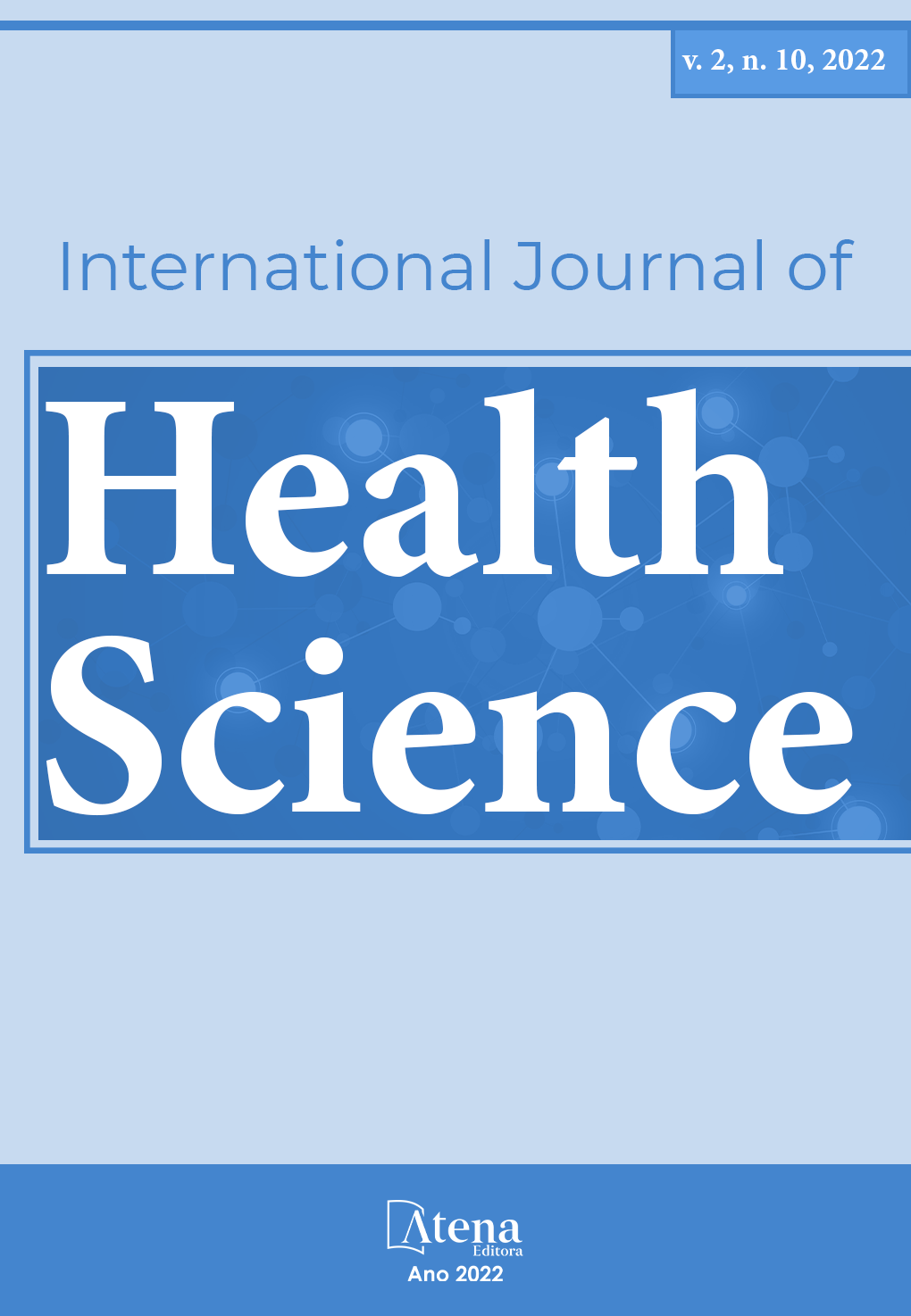
HUMAN SARCOPENIA FROM THE PLURALITY OF OUTCOMES TO THE UNDEFINED TITLES AND DIAGNOSIS CRITERIA
Besides one of the world’s biggest risk factor for chronic diseases, Sarcopenia remains undernoticed. From the initial ‘age-related loss in skeletal muscle’, sarcopenia subsequently evolved to current operative definitions simultaneously capturing both quantitative (mass) and qualitative (strength function) declines. Further, the proposed term dynapenia (ergopenia) was to refer to the functional compromise of the entire neuromuscular apparatus. Additionally, due to the interactions of muscle with tendons, bone and neurons, the clinically relevant muscle wasting due to any illness and at any age has been named myopenia. Besides these names, sarcopenia is still a broadly clinically relevant degree of muscle wasting that is associated either with impaired functional capacity and/or with increased risk of morbidity or mortality. Sarcopenia may lead to frailty and so, it has been considered a “geriatric syndrome” termed “muscle-wasting”, assembling sarcopenia, frailty, and cachexia. The Sarcopenia of cachexia syndrome connects muscle properties of generator of strength and muscle metabolic organ for protein storage, energy and glucose regulation, hormone production and other cellular mechanisms. The importance of muscle mass, strength, and metabolic function in the performance of exercise, as well as the activities of daily living, has never been questioned. Additionally, it is known that reduced muscle mass impairs the body’s ability to respond to stress and chronic illness and a 10.5% reduction of the prevalence of sarcopenia could lead to a reduction of US-healthcare costs by 1.1 billion US dollars/year. This led to multidisciplinary efforts to identify, understand, prevent, and treat sarcopenia. For so, several consensus have been proposed but, despite progress, there is not yet a universally accepted clinical definition and, an unique International Classification of Diseases (10th Revision-ICD10), code for sarcopenia was assigned only in 2016. Yet, there is still much work to come to clear out remaining points in this important subject.
HUMAN SARCOPENIA FROM THE PLURALITY OF OUTCOMES TO THE UNDEFINED TITLES AND DIAGNOSIS CRITERIA
-
DOI: 10.22533/at.ed.15921022180210
-
Palavras-chave: Sarcopenia, concepts, definitions, diagnosis.
-
Keywords: Sarcopenia, concepts, definitions, diagnosis.
-
Abstract:
Besides one of the world’s biggest risk factor for chronic diseases, Sarcopenia remains undernoticed. From the initial ‘age-related loss in skeletal muscle’, sarcopenia subsequently evolved to current operative definitions simultaneously capturing both quantitative (mass) and qualitative (strength function) declines. Further, the proposed term dynapenia (ergopenia) was to refer to the functional compromise of the entire neuromuscular apparatus. Additionally, due to the interactions of muscle with tendons, bone and neurons, the clinically relevant muscle wasting due to any illness and at any age has been named myopenia. Besides these names, sarcopenia is still a broadly clinically relevant degree of muscle wasting that is associated either with impaired functional capacity and/or with increased risk of morbidity or mortality. Sarcopenia may lead to frailty and so, it has been considered a “geriatric syndrome” termed “muscle-wasting”, assembling sarcopenia, frailty, and cachexia. The Sarcopenia of cachexia syndrome connects muscle properties of generator of strength and muscle metabolic organ for protein storage, energy and glucose regulation, hormone production and other cellular mechanisms. The importance of muscle mass, strength, and metabolic function in the performance of exercise, as well as the activities of daily living, has never been questioned. Additionally, it is known that reduced muscle mass impairs the body’s ability to respond to stress and chronic illness and a 10.5% reduction of the prevalence of sarcopenia could lead to a reduction of US-healthcare costs by 1.1 billion US dollars/year. This led to multidisciplinary efforts to identify, understand, prevent, and treat sarcopenia. For so, several consensus have been proposed but, despite progress, there is not yet a universally accepted clinical definition and, an unique International Classification of Diseases (10th Revision-ICD10), code for sarcopenia was assigned only in 2016. Yet, there is still much work to come to clear out remaining points in this important subject.
-
Número de páginas: 14
- Bruna Aguiar Mansano
- Roberto Carlos Burini


